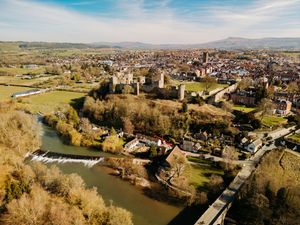Couple's Ludlow local history book looks into not so well documented part of town
A couple from Shropshire have completed a 16-year labour of love to produce a book that delves into the background of their historic house and their relatively undocumented neighbourhood.
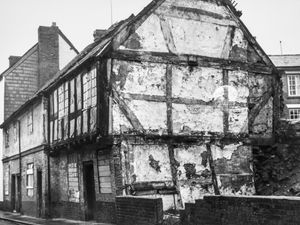
The result is a 272-page lavishly illustrated A4 sized hardback book called The People and History of Lower Corve Street and St Mary’s Lane, Ludlow which is published just in time for local history fans to snap up for Christmas.
The book has been self-published by Jonathan and Rosemary Wood who moved into The Merchant House with their son, William, in 2006.
Jonathan, a former Chairman of Ludlow Historical Research Group and a Town Guide, began researching its history.
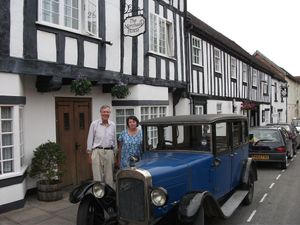
The Merchant House in Lower Corve Street was world-famous when it was a Michelin-starred restaurant owned by master chef, Shaun Hill.
But before then and over the centuries this 15th-century half-timbered house with the river Corve running behind it has been owned by wealthy dyers, tanners and glovers.
Jonathan is a motoring historian, journalist and author who has written over 40 books and those commitments meant he had to put the project on hold until he retired and had the time.
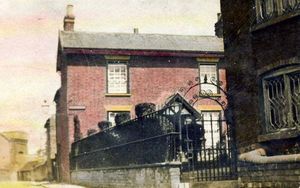
Sadly, Jonathan had a stroke in 2019 which meant that no more books could be written.
But Rosemary was there to take up the baton and take the project across the finishing line by ensuring the copy was ready for publication.
Whilst doing this, it seemed natural that the typescript should also cover the people and houses of Lower Corve Street and St. Mary’s Lane.
Until the twentieth century, Corve Street was one entity though a major section lay beyond the Corve Gate.
Only with the creation of Coronation Avenue did Lower Corve Street come into being. Centuries ago, this riverside location provided the Knights Hospitaller with rents from burgage plots owned by Hugh de Lacy, the Lord of Ludlow.
Wealthy dyers and tanners lived and worked by the Corve, and traded with Flanders and Florence.
In the eighteenth century, rich glovers erected low-status back buildings for their impoverished workers in what became a noxious tanning zone. They then moved up the hill into town to build or renovate grand houses reflecting their new social status. Speculators amassed fortunes or went bankrupt.
Maltsters and brewers plied their trade, social distinctions were blurred. Land was exchanged and murder was committed. Animals were auctioned, carriers and hauliers flourished, and Corve Street had its own ‘red light district’.
Ludlow’s recorded history begins in 1086, when its castle was built along the Welsh Marches to defend the border.
Much has been written about this planned Norman town with royal connections and medieval, Tudor and Georgian buildings, but Ludlow’s northern, industrial quarter is not so well documented.
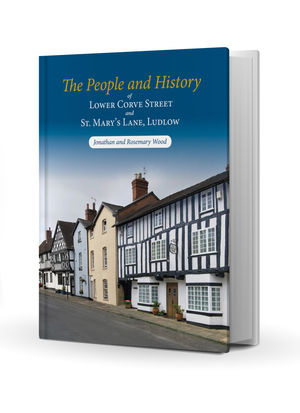
The People and History of Lower Corve Street and St. Mary’s Lane, Ludlow is a lavishly illustrated A4 hardback which would make a wonderful Christmas present.
Costing £20, copies will be available from Castle Bookshop, 5 Castle Street, Ludlow from mid-November. Or you can order your copy now and collect it later from The Merchant House, Lower Corve Street, SY8 1DU.
Contact Rosemary Wood, 01584 875438 or rosemary.wood3@gmail.com





